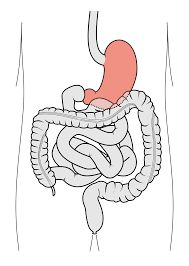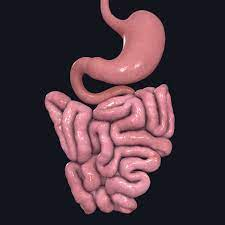S.A.D or Sad?
- Siddharth Sheth

- Dec 14, 2021
- 1 min read
EVERYONE has the blues. The possibilities of settings and environments you feel down are infinite. However, does this ever occur annually during seasonal transitions, should or should not be the cause for concern, depending on the severity.

SAD, or Seasonal Affective Disorder is a variant of depression in which occurs during seasonal changes, as the name implies. The disorder affects an estimated 10 million, with women four times more likely to be diagnosed than men, according to Boston University. The disorder is present in both seasonal transitions: spring to summer, and fall to winter. Although both are similar in symptoms, there are slight differences which can be easily distinguished. The most common symptoms seen in both forms are:
Sluggish, or having low energy
Overeating weight gain
Symptoms usually seen in clinically-diagnosed depression
Insomnia
Poor appetite
Oversleeping
There are risk factors and causes associated with the development of S.A.D in an individual. Low level of vitamin D, living far from the equator, already being diagnosed with bipolar disorder are some to list a few. Specific causes are unknown however some that may come into play include disrupted circadian rhythms, serotonin and melatonin levels being at an unusual level.
However, all hope is not lost. Since S.A.D is a form of depression, treatments which would have a beneficial effect on limiting depression effects will be effective on S.A.D. While treatments do differ for everyone, the basic underlying treatments consist of phototherapy, psychotherapy, as well as antidepressant medication. Through therapy, many individuals find a way to manage their condition and come to accept themselves for who they are.




Comments